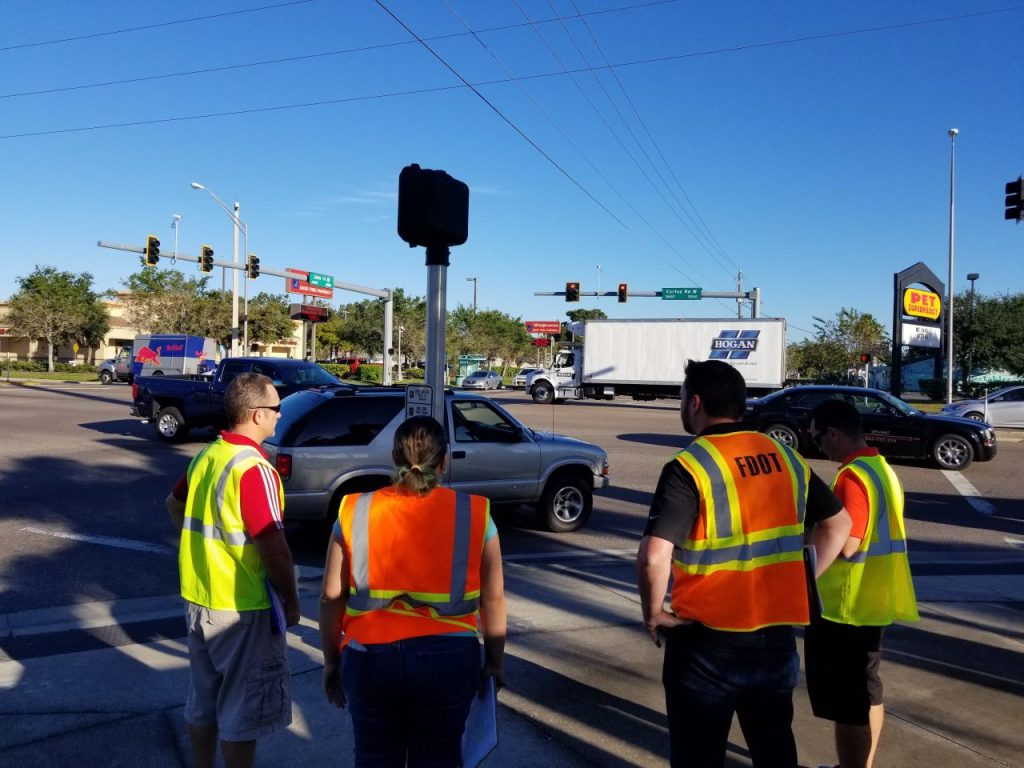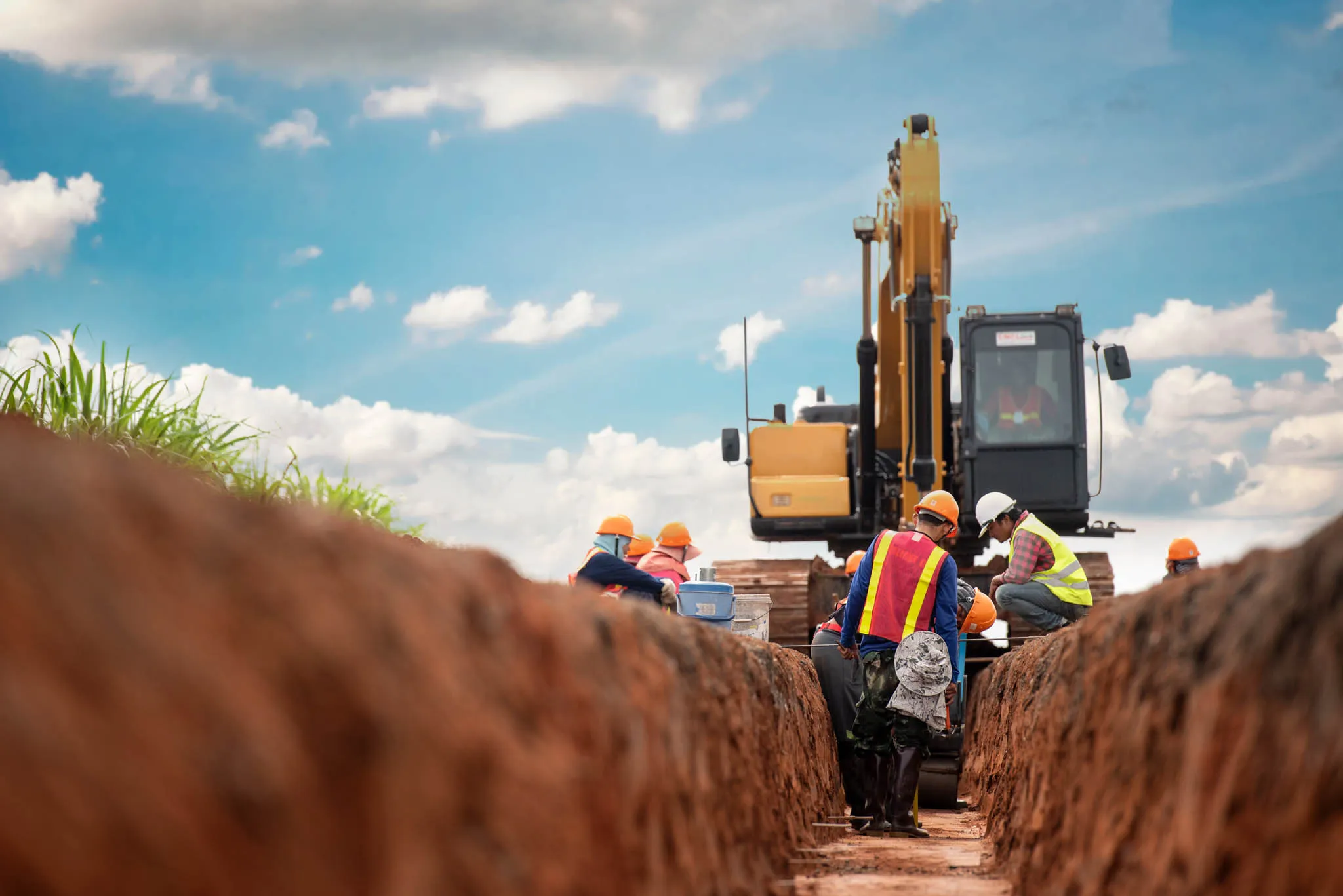A Groundbreaking Start in Flood Risk Assessment
SANDS has revolutionized the field of flood risk assessment by incorporating advanced technology with deep industry knowledge. The company’s flood risk assessment strategy focuses on precision, adaptability, and sustainability, making it a benchmark in modern engineering solutions. Flood risk assessment is no longer a static process at SANDS; instead, it’s a dynamic model that evolves with real-time data. The team emphasizes that flood risk assessment must start with granular geographic data, and they use high-resolution satellite imaging to refine every flood risk assessment project. Unlike traditional models, SANDS takes flood risk assessment beyond the basics, layering in historical weather data, hydrological cycles, and future climate predictions. Each flood risk assessment is customized, ensuring localized accuracy that reduces community vulnerability. Their flood risk assessment reports integrate actionable insights rather than just theoretical models. Furthermore, flood risk assessment at SANDS includes socioeconomic factors, identifying how population density and infrastructure influence risk levels. The firm’s flood risk assessment approach also includes collaboration with urban planners and municipal governments. Altogether, SANDS demonstrates how flood risk assessment should be conducted in the 21st century: with intelligence, interactivity, and interdisciplinary expertise.
Integrating Digital Twin Technology for Precision Mapping
SANDS leads the industry by incorporating digital twin technology into its flood risk assessment process. This innovation allows engineers and planners to create real-time, virtual replicas of physical environments. By using digital twins, flood risk assessment outcomes are more accurate, as simulations mirror real-world responses to rainfall, river overflow, or storm surges. This data-centric approach ensures that each flood risk assessment is updated continuously based on changing environmental variables. As a result, municipalities receive more than just a static report; they gain a living model of their flood risk profile. Digital twin integration has made flood risk assessment not just a task of the present but also a forecast of the future. This method empowers cities to make infrastructure decisions based on predictive flood risk assessment models, helping to future-proof developments against rising sea levels and intensified storm events. It is this kind of forward-thinking flood risk assessment strategy that distinguishes SANDS as a pioneer in the field.
Artificial Intelligence Enhances Predictive Analytics
Artificial intelligence plays a central role in SANDS’ advanced flood risk assessment systems. By processing historical flood data and climate trends, AI algorithms can identify subtle patterns that human analysts might overlook. These insights significantly improve the quality of flood risk assessment predictions. Through machine learning, the accuracy of flood risk assessment improves over time as more data becomes available. Additionally, AI helps simulate multiple scenarios during flood risk assessment, from heavy rainfall over short durations to long-term seasonal flooding. This multi-scenario analysis adds depth and flexibility to each flood risk assessment, allowing clients to prepare for a wider range of contingencies. Moreover, AI-driven flood risk assessment can prioritize high-risk zones automatically, enabling faster response planning. The real advantage lies in the adaptability of AI—it continuously evolves and learns, improving each future flood risk assessment. This technological integration is at the heart of SANDS’ success in the competitive world of environmental risk management.

Community-Centric Planning and Policy Support
A key aspect of SANDS’ flood risk assessment approach is its strong focus on community engagement and public policy support. The company recognizes that flood risk assessment must translate into actionable, people-centric outcomes. As such, SANDS ensures each flood risk assessment is easy to understand for stakeholders outside the engineering community. They use visual tools, infographics, and simplified language so that policymakers and local leaders can act decisively. Flood risk assessment at SANDS also includes recommendations for zoning laws, land use changes, and public safety protocols. The team collaborates with communities during the flood risk assessment process to gather local insights and validate findings. This grassroots approach makes every flood risk assessment more robust and grounded in real-world contexts. SANDS also offers workshops and training sessions based on their flood risk assessment reports, empowering local leaders with knowledge and preparation tools. Their inclusive strategy ensures that flood risk assessment is not only a technical procedure but a social contract for safety and resilience.
Sustainability at the Core of Risk Assessment
SANDS embeds sustainability into every flood risk assessment, aligning environmental protection with human development. Their team evaluates how different urban designs influence flood risk and proposes green infrastructure as part of the solution. Flood risk assessment is therefore not just about defense but also about adaptation and resilience. By incorporating rain gardens, permeable pavements, and natural drainage systems, each flood risk assessment includes ecologically sustainable design options. SANDS believes that flood risk assessment must consider long-term environmental health alongside immediate safety concerns. Their holistic flood risk assessment method recommends policies that reduce runoff, promote biodiversity, and enhance groundwater recharge. In doing so, SANDS ensures that flood risk assessment supports both ecological integrity and economic vitality. Their commitment to sustainability elevates the flood risk assessment process from a reactive duty to a proactive investment in the future.
Industry Partnerships and Global Standards
SANDS maintains active partnerships with academic institutions, governmental bodies, and international engineering consortiums to elevate its flood risk assessment frameworks. These collaborations help the company stay ahead of regulatory changes and emerging scientific research. By aligning each flood risk assessment with global best practices, such as those set by the United Nations and ISO, SANDS ensures consistency and quality in delivery. Through joint ventures, the flood risk assessment process is enriched by shared knowledge and diversified perspectives. This global alignment allows SANDS to conduct flood risk assessment in diverse environments, from urban cityscapes to coastal villages, always with a high degree of accuracy and cultural sensitivity. The firm’s global outlook enhances its flood risk assessment offerings, making them both scalable and locally adaptable.
Conclusion: Redefining the Future of Flood Risk Assessment
In conclusion, SANDS’ unique blend of digital innovation, expert analysis, and community engagement has reshaped what flood risk assessment can achieve. Their strategies are not only redefining standards but also saving lives and preserving ecosystems. With a relentless focus on improvement, SANDS proves that flood risk assessment is not a routine process but a mission-driven service. The integration of AI, digital twins, and sustainability transforms each flood risk assessment into a roadmap for resilience. By prioritizing both technological precision and human-centric outcomes, SANDS is building a safer, smarter future through better flood risk assessment practices.



